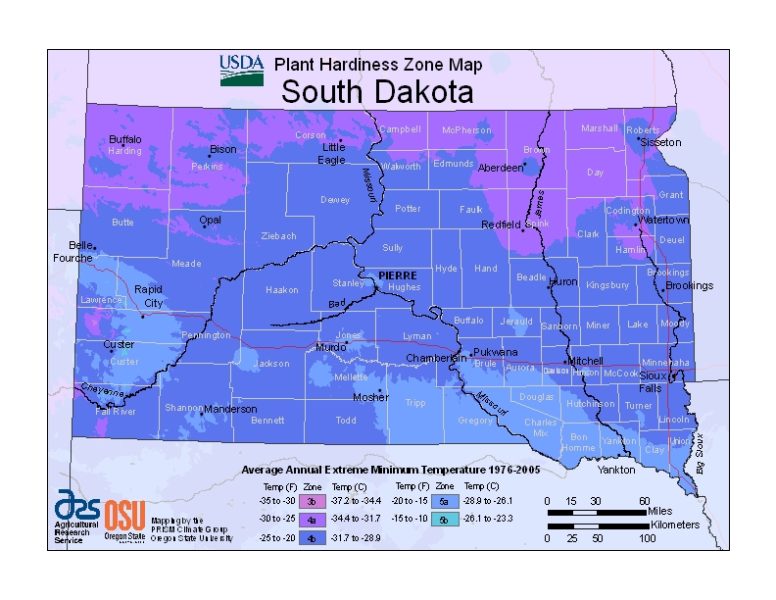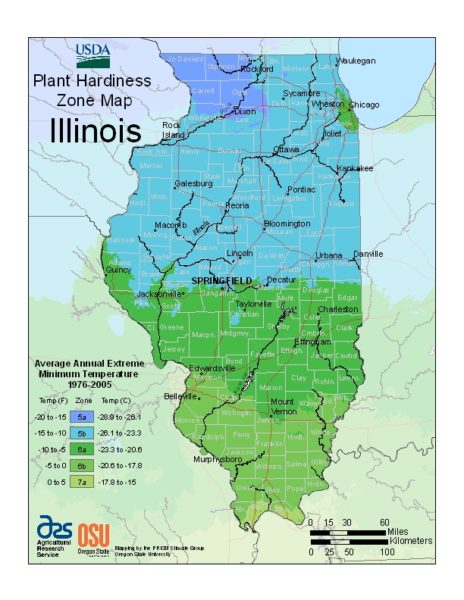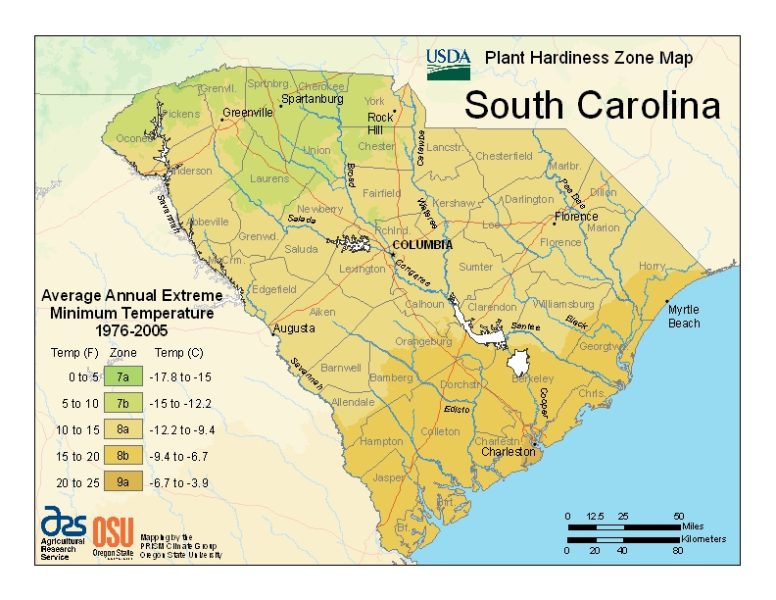
What is a Grow Zone?
Most every online nursery will list recommended ‘Grow Zones’ for plants they sell. Most nurseries will also void any warranty if you purchase plants outside their recommended grow zones. But what exactly is a grow zone?
The USDA Agricultural Research Service created the Hardiness Grow Zone Map. Hardiness is a reference to cold hardiness meaning how cold the average annual temperature is for that zone.
 There are 11 hardiness grow zones that you will sometimes see broken up into ‘a’ and ‘b’ subcategories. The lower the number, the lower the temperatures get. Zone 1 is the coldest, and zone 11 has the warmest winters. Each zone is separated by its average annual lowest winter temperature, broken down by 10-degree increments.
There are 11 hardiness grow zones that you will sometimes see broken up into ‘a’ and ‘b’ subcategories. The lower the number, the lower the temperatures get. Zone 1 is the coldest, and zone 11 has the warmest winters. Each zone is separated by its average annual lowest winter temperature, broken down by 10-degree increments.
The USDA recommendation is to use your grow zone as a guideline to help determine which plants are most likely to thrive at your location.
Why Knowing Your Grow Zone Matters
There is an interactive grow zone map provided by the USDA that you can go to here. Simply enter your zip code and it will provide your grow zone. We have also posted hardiness zone maps for every state that you can view here.
6 Reasons How Knowing Your Grow Zone Can Help You
Knowing your "grow zone" is important because it helps you understand the conditions under which plants thrive in your specific region. This knowledge is crucial for successful gardening and landscape. Here’s why it matters:
- Climate Compatibility: Different plants have specific temperature, sunlight, and moisture needs. Knowing your grow zone helps you select plants that are well-suited to the climate in your area, reducing the risk of plant failure due to unsuitable weather conditions.
- Optimal Growth: Plants that are grown within their ideal zone will have a better chance of flourishing, producing flowers, fruits, and vegetables as expected. They are more likely to grow strong and healthy, leading to better yields.
- Pest and Disease Management: Plants adapted to your grow zone are typically more resistant to local pests and diseases. They’ve evolved or been bred to handle the environmental stresses of the area, which can reduce the need for pesticides and other interventions.
- Watering and Care Requirements: Knowing your zone helps you understand the natural rainfall patterns, which influences how much supplemental watering your plants might need. It also guides you in other care practices like mulching, fertilizing, and pruning.
- Economic Efficiency: By choosing plants that are suitable for your grow zone, you minimize the risk of losing money on plants that are likely to fail, saving you both time and resources.
- Environmental Impact: Growing plants that are well-suited to your zone reduces the need for excessive watering, fertilizers, and pesticides, contributing to more sustainable gardening practices.
What They Don’t Tell You
In general, humidity, sun exposure, winter protection, and summer heat are not factored into a grow zone. Neither is soil condition, a critical factor in the ongoing health of any tree or shrub. Here’s an example; The grow zone for portions of the snow belt along Lake Erie has the same grow zone as parts of central Texas. Chances are you wouldn’t be looking for the same trees or shrubs for both areas.
So as the USDA states, use your grow zone as a guideline but take into consideration other factors. If you are not familiar with a plant you want to buy online and you’re not sure if it will do well, use the Grow Zone Hardiness Map as the first place to start.
There Are Always Exceptions
Let’s say you want a plant, but you are 1 zone outside the recommended zones. Should you not buy it? As with almost everything in the plant world, there are always exceptions. Take into consideration all the other factors to help you decide. Just understand the consequences. Your plant may not survive, and the nursery will most likely void any refund and/or warranty.
Even though there’s a lot to consider to ensure your plants thrive, knowing if they will make it through your coldest winter weather should always be considered.
Understanding your grow zone is a key factor in achieving a successful, sustainable, and enjoyable gardening experience.
Find Your Grow Zone
- Most Popular Spring Blooming Evergreen Shrubs - March 6, 2025
- UPDATE! Unboxing Houseplant From Perfect Plants Nursery - March 5, 2025
- Winter Landscape Tips: How To Get A Head Start On Spring - January 6, 2025


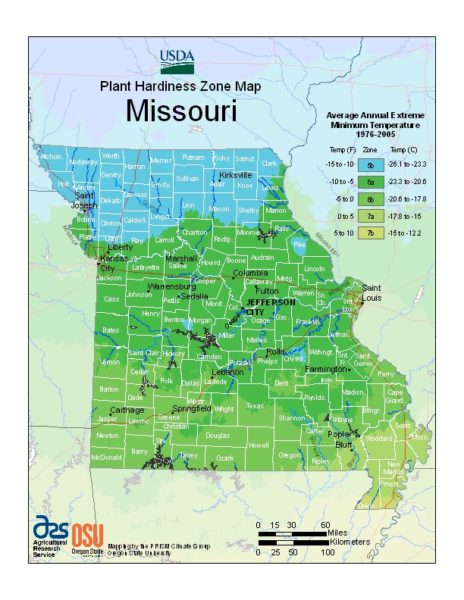




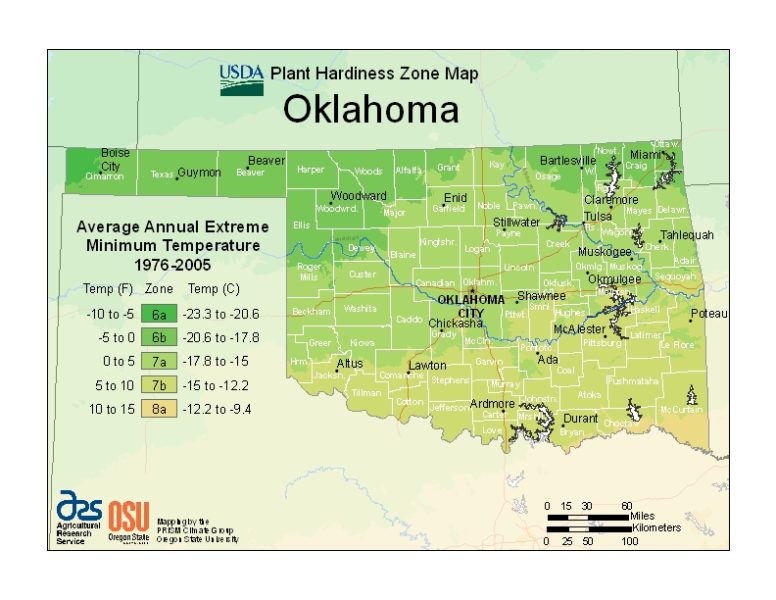






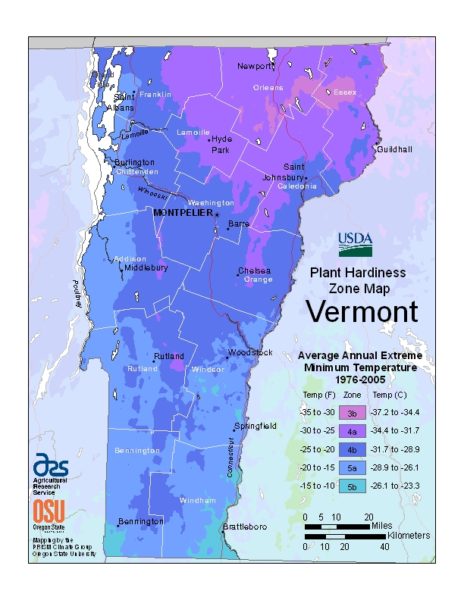





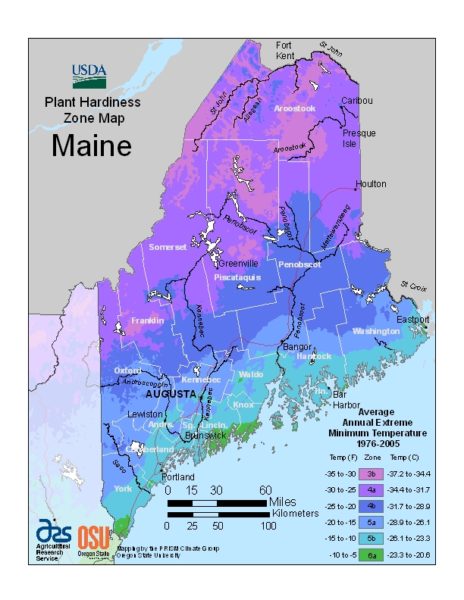
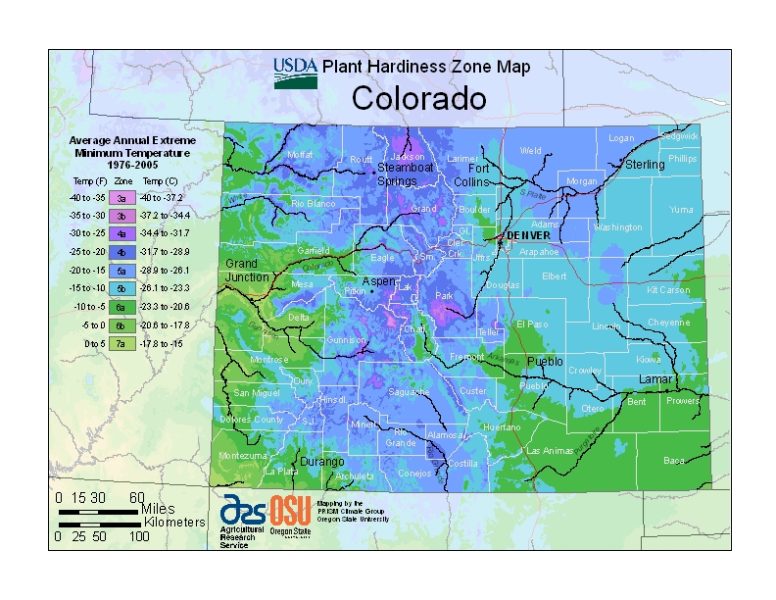


 Wisconsin
Wisconsin
